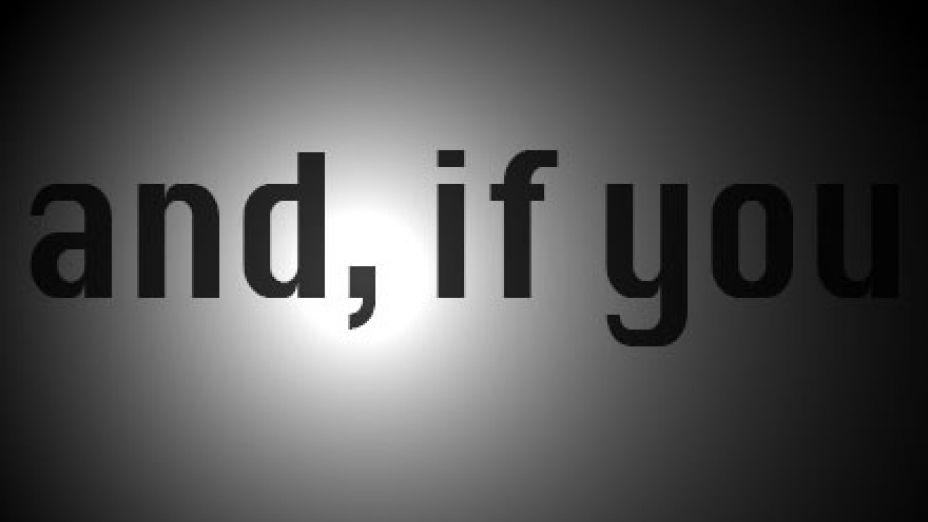I confess: until a few years ago, I didn’t know how to use a comma. If I ran a restaurant or practiced medicine or groomed dogs for a living, no one would care. But I’m the managing editor of Avenue Calgary, so I really should know how to use a comma and probably should have learned it long before I began calling myself an editor.
OK, perhaps I exaggerate. I actually knew many of the comma rules, was fuzzy on some and didn’t know one or two at all.
It turns out I’m not alone. Most people who write in English don’t know how to use a comma either. Even professional writers and editors frequently have no idea where to put a comma or why — which is why I recently offered a comma seminar at RedPoint for the editorial team ofAvenue magazine.
My colleagues at Avenue know the mechanics of writing — as a group. Their collective knowledge generally allows Avenue to publish with very few, if any, technical errors. But since no one’s perfect and everyone can use a review from time to time, we felt it might be useful.
The trouble is there’s so much to know about using a comma. We ask the comma to perform a multitude of tasks, most of which are marked in speech with a breath. In fact, that’s how most of us were taught to use a comma: you put a comma where you would take a natural breath, almost like marking the phrasing in a song. It’s not a bad guide, and nine out of 10 times, you’ll probably be right, but it will lead to mistakes.
Rather, a comma is used to indicate a logical break in the grammatical structure of written prose. It marks the structure of our thoughts and, in this way, is more algebraic than musical.
I divided my talk into two parts: Part one covered serial commas, semicolons used as commas (i.e., “super commas”), commas used in apposition, parenthetical commas, restrictive vs. non-restrictive relative clauses, the common use of “that” vs. “which,” and the use of commas with “such as” and “including,” depending on whether they introduce a restrictive or non-restrictive clause. Part two comes later.
I based my talk on The Chicago Manual of Style because its comprehensive approach tends to answer any question that The Canadian Press Stylebook (or CP Style), doesn’t cover. CP Style, which we use as our stylebook at Avenue, is a good, rough guide to basic questions of grammar and style, and better as a reminder of rules you should already know. There are major disagreements between the two style guides, most notably in the use of the serial comma vs. the open style, but as long as you are aware of the differences, it’s useful to consult multiple stylebooks.
My brilliant, geeky colleagues at Avenue spent their Friday afternoon enthralled — well, mostly. Some clearly knew the rules and were polite enough to conceal their boredom. Others hadn’t learned the rules but spent most of their writing lives successfully placing commas by ear. All of them wanted examples and worksheets to practice what we had just reviewed. Sadly, I didn’t have worksheets, but you can bet I will next time. Luckily, Jennifer Hamilton, Avenue’s executive editor, provided a dozen fall-themed doughnuts from Jelly Modern Doughnuts, which always makes studying grammar and punctuation more enjoyable.
(Oh, and I taught myself comma usage long before coming to Avenue — really, I did.)

